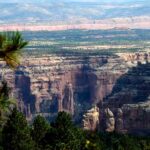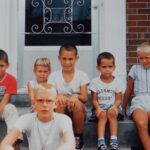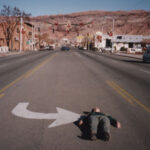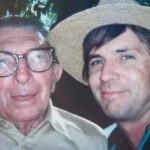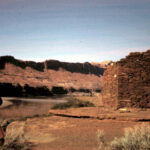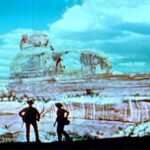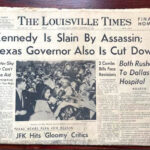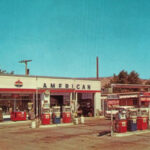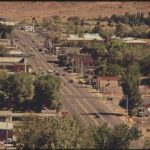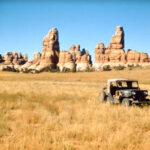
Alan “Tug” Wilson isn’t exactly a household name to most Zephyr readers. But it should be. While he may not be instantly recognizable, many lovers of Canyonlands and Arches National Parks will recognize his father. Tug was blessed to be the only son of Bates Wilson. In 1949, Bates became the first official superintendent of “The Arches,” when it was still a national monument. Just a year after his arrival, Bates was introduced to the vast untouched landscape to the west of Moab— and north and south of the little town as well. The canyon Country of southeast Utah was still an almost untouched landscape, known only to the ranchers and cowboys of Scorup/Sommerville Ranch, and a handful of intrepid explorers. The land lay empty for centuries…

